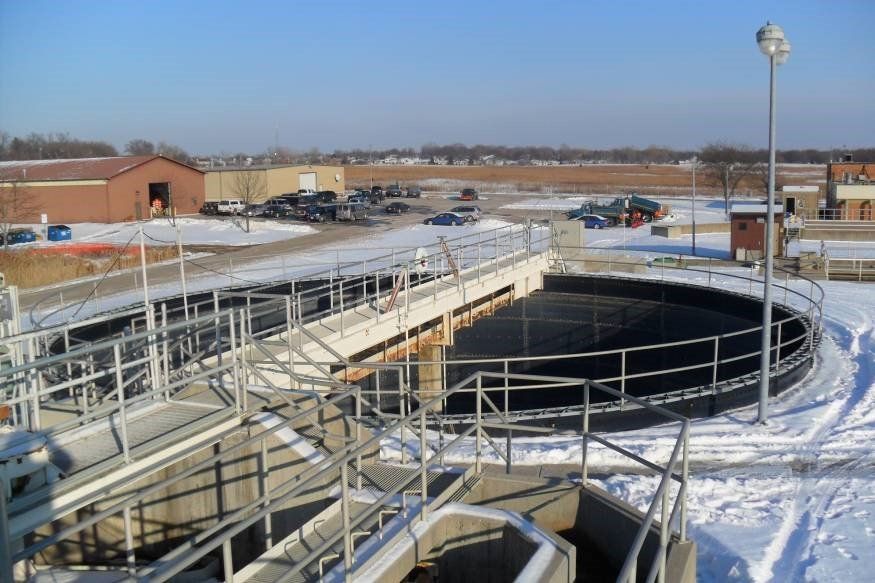Village of Bartlett – 2011 & 2014 Stearns Road WWTF Evaluations
The Village of Bartlett established a working relationship with Trotter and Associates in 2002, shortly after the firm’s formation. Over the past 13 years, TAI has provided planning, design, permitting, and construction oversight for collection system and treatment facility improvements.
In 2009, the Village of Bartlett requested that TAI provide engineering services for the rehabilitation/upgrade of the Raw Sewage Pump Station as well as Sludge Dewatering Improvements at the Stearns Road WWTP. The Village was unable to proceed with construction due to funding issues. Based on TAI’s previous successes in securing low-interest loans, the Village requested TAI to prepare a project specific Facility Plan in 2011 that met IEPA’s minimum requirements. TAI was able to address the Village’s needs and complete the report which included an analysis of the communities comprehensive and land use plan, utilized to develop population projections. An overview of the existing collection system and lift stations was included. TAI completed a more thorough analysis of the existing Steans Road treatment facility including the age and conditions of each process. The conclusion of the analysis was that the raw sewage pump station and dewatering facilities were the Village’s top priorities. IEPA funding was secured, and the projects were constructed.
Over the last decade, operational staff has educated TAI on the strengths and limitations of the facility’s hydraulics, processes, and equipment. During and after construction of the pump station and centrifuge, operational staff and TAI continued to discuss the needs of the existing facility on a regular basis. Recognizing the potential impact of pending regulatory changes and that the remaining infrastructure required rehabilitation, the Village requested that Trotter and Associates prepare a brief update to the original report todemonstrate the need for a comprehensive facility plan.
The 2014 Facility Evaluation broke down the recommendations and findings into three distinct categories: rehabilitation, process automation, and process upgrades. The report identified several minor projects which would immediately improve the operations of the existing faciltiy (raw sewage grinder, aerobic digester decant valve replacement, inline sludge grinder, installation of supplemental sand filter media). The evaluation prepared by Trotter and Associates also identified the deficiencies with several major components and recommended futher evaluation to develop a cohesive and comprehensive solution to the Village’s long-term needs.
Plant Hydraulics
The raw sewage pump station has capacity to convey a peak wet weather flow of 15 MGD. The hydraulic split between process flow and excess flow facillities is lmited to 5.15 MGD. The Illinois EPA requires a peak-hourly flow of 8.83 (2.40 peaking factor). Correction of this issue would reduce operational labor by limiting the use of excess flow facilities during rain events. However the issue extends well beyond the weir elevation at the EQ tank channel. Other processes limited to 5.15 MGD include the final clarifiers, tertiary filters, and chlorine contact tank. Improving hydraulic capacity through the plant was identified by TAI as a long-term goal.
Preliminary Treatment
The existing mechanical screen is downstream of the raw sewage pump station and located outside, resulting in operational issues and higher maintenance. Two long-term solutions were identified by TAI, construction of a deep-channel climber screen upstream of the raw sewage pumps, or enclosure of the existing screening equipment. The existing grit removal facility uses an antiquated technology and has been taken offline due to hydraulic and operational issues. Replacement with a more efficient system will eliminate accumulation of grit in the primary clarifiers and aerobic digesters.
Biological Process
The primary clarifiers are a cost-effective approach to reducing suspending solids and BOD to the biological process. The existing units require only minor rehabilitation of mechanical components. The existing aeration basins provide roughly 10 hours detention time under current flows (2.7 MGD), which is sufficient to metabolize organic matter and convert ammonia to nitrite. The Village can operate the existing process in a single-stage nitrifcation mode and minimize the need for the nitrification reactors. As flows approach design capacity, additional detention time will be required. Furthermore, potential nutrient limits (phosphorus and total nitrogen) may require modification to the biological process.
TAI recommended an in-depth analysis be completed to determine the most cost-effective solution for addressing nutrient removal criteria. While the DuPage River Salt Creek Workgroup is discussing the impacts of nutrients, the focus has been on reducing phosphorus loading. Based on the Village’s current Comprehensive Plan, the Stearns Road Plant will not need to be expanded beyond 3.68 MGD. Without the need to expand, anti-degredation requirements are not applicable. As a result, Bartlett will not be required to address total nitrogen (TN) in the immediate future, therefore BNR is not the only option. This allows the Village to focus its efforts on phosphorus removal alternatives and complete a Phosphorus Discharge Optimization Plan and Phosphorus Removal Feasibility Study.
The 2014 Facility Evaluation identified process control and mechanical upgrades required for the RAS/WAS pump station. These improvements were a considered to be a minor project to be completed by the Village. However, the media and equipment in the nitrification towers is reaching the end of its service life. TAI recommended that prior to reinvestment into this technology, the phosphorus removal feasibility study be completed and a long-term plan be adopted.
Final Clarification / Tertiary Filtration
The final clarifiers and tertiary filters are currently designed for a PHF of 5.15 MGD which hydraulically limits the facility. The 55-foot diameter final clarifiers were originally constructed in 1971. The mechanisms have reached the end of their service life and the return sludge process should be modified. The existing sand filters were constructed in 1993 and were operationally unreliable and had been removed from service. Recommendations included immediate and long-term solutions. The short-term recommendation included replacement of media to temporarily restore operational performance, while the long-term solution included employing a modern, more reliable, technology. During the 2011 and 2014 Facility Planning Reports, TAI and the Village reviewed several alternatives for upgrade. These included rehabilitation of the existing sand filters, installation of disc filters, or potentially process modifications to allow for tertiary clarification. TAI and the Village have continued to review alternative filtration technologies, most recently a pilot study of plate filtration at the Wheaton Sanitary District.
Disinfection Facilities
The existing chlorine contact tanks provide only 26 minutes of contact time at 5.15 MGD (PHF). Under peak wet-weather hourly flow conditions of 15 MGD, the tanks provide only 9 minutes contact. Both conditions are below the IEPA minimum requirements. Alternatives identfiied during the 2014 Facility Evaluation included expansion of the existing chlorine contact tanks or conversion to a more efficient technology such as UV disinfection.
Aerobic Digestion Process
The eight aerobic digesters provide the Village with approximately 34 days detention time under current conditions. In order to provide the target 40% solids reduction, a sludge temperature of 61° F must be maintained. The digester covers are canvas structures that retain minimal heat, and are prone to failure. As such, the Village struggles to meet the required solids reduction during winter months.
The two planning reports completed by TAI recommended replacement of the digester covers with a low-profile structural aluminum cover, similar to those installed at the Algonquin WWTP. It is also recommended that a loading and aeration capacity analysis be completed to verify that the infrastructure is able to meet the required oxygen demand of the process.
The Village is required to manually decant the digesters using a 3 mobile pump as the existing tele-valves are no longer operational. One of the short-term recommendations for immediate operational improvements was replacement of these tele-valves.

